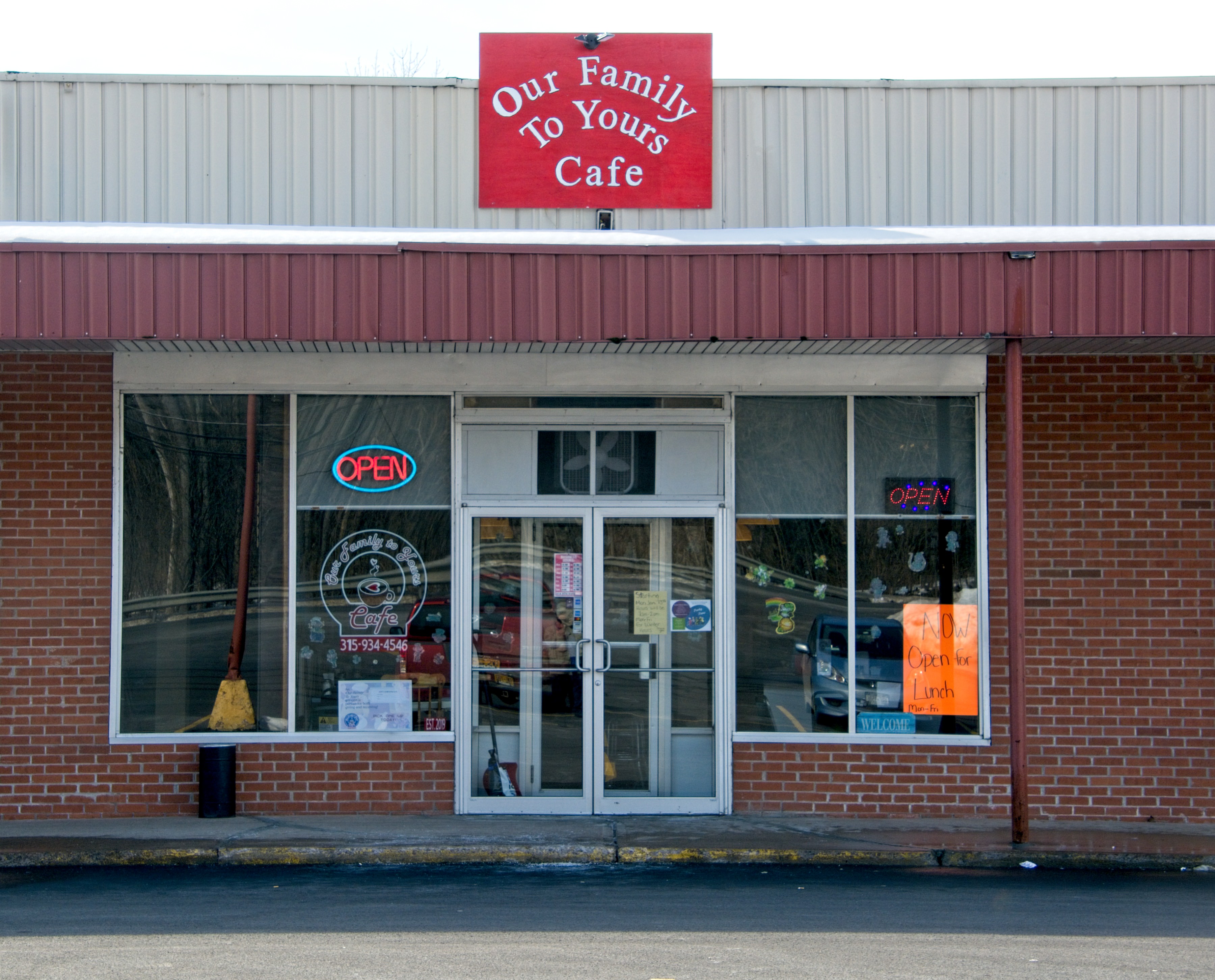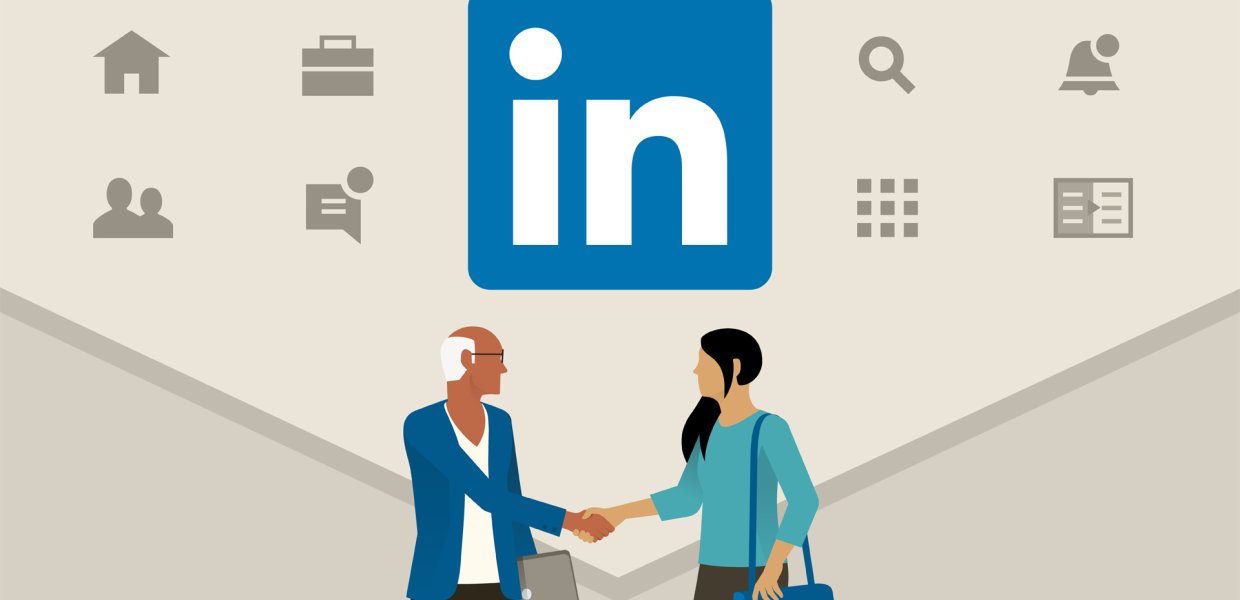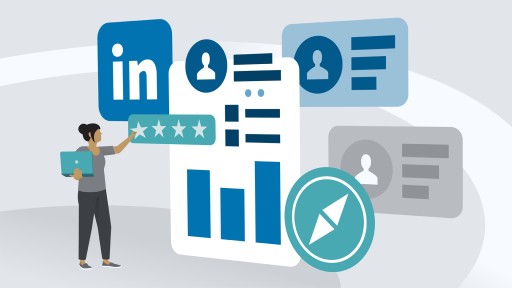Five years ago, a small family-run diner opened near my house, half an hour north of Syracuse, NY. I already had a couple clients in the plaza, so I visited it fairly often anyway. I ate at the new diner, and found it was pretty good. The owners, a husband and wife team, asked me to help with their social media.
In addition to making regular posts on Facebook and (at that time) Twitter, I also contacted a few media outlets on their behalf. Although none of the local papers or blog sites deigned to write about them, they developed a steady stream of regulars. Closing during the pandemic actually helped their numbers. They often had people standing outside their door, waiting for a table to become available.
Bill was a retired truck driver. He and his wife Fran opened the diner as a place to earn more income for themselves, and a place to employ their daughters and grand daughters. When they found that many of their regulars were veterans, they put together a display of photos and name plaques on one long wall of their restaurant, honoring the regulars and other visitors who supplied pictures and info about their service.
This Wall Of Honor is the only thing that inspired a story by the media. Even then, they relied on pictures I took, and made a phone call to interview Fran and Bill – from Iowa. Amazingly, the journalist sold the story to a news outlet in a small city close to us.
Just as the restaurant was recovering from the after effects of COVID, Bill began having coughing fits. He went to his doctor for a checkup, and was diagnosed with lung cancer. Since the diner was run by family, it was often understaffed, or even closed, while Fran and her children took care of Bill.
The disease progressed rapidly, and within eight months, Bill passed away, and the diner was closed for over a week. Shortly after they re-opened, their daughter-in-law announced she was pregnant and would soon be leaving to stay home with the baby.
With all the time being closed, regulars began to slip away. The diner closed first on Tuesdays, going from being open seven days a week, to only six. Last fall, they began to close on what had been their busiest day – Sundays.
Still, my efforts to entice the media to visit were being ignored. Even a regional “food review show” that charged restaurants for promotional visits told me they weren’t interested.
Just after the first of January, Fran took me aside and told me she’d made the difficult decision to close the diner. She would be shutting the doors after business on Saturday, January 27th. I offered to help her find buyers for the diner’s equipment. I made a single phone call, which hasn’t yet been returned.
This week, there have already been three stories on the diner closing it’s doors – one in a local paper, and two stories on local media websites. Amazingly, they focused on two things: the fact that the closing was a hard decision, and the hours the diner was open.
People have been crawling out of the woodwork to like the (about to be terminated) Facebook page, and to message Fran about how the diner will be missed.
As a popular meme says, “Don’t bother to cry at my funeral if you couldn’t be bothered to visit while I was alive.” I find it jaw-dropping that the diner, on the eve of it’s impending demise, is suddenly popular with people who couldn’t be bothered to visit, or write about it’s impact on the local population. And why would you want to make sure you posted the hours of operation for a restaurant about to shut it’s doors?
So, what am I trying to say with this article? A couple things, I suppose.
First, if there’s a local place you like doing business – or have thought about visiting – then by all means, go. Take a friend. Tell your family about them. If you like the place, buy gift certificates to pass out to people in your circle. These places are run by people just like you, who need to cover housing and utility bills. They’re folks following their passion, trying to live their best lives.
Second, that the media – and people in general – are more interested in celebrating a death than they are celebrating a life. And I think that’s pretty damned sad.













